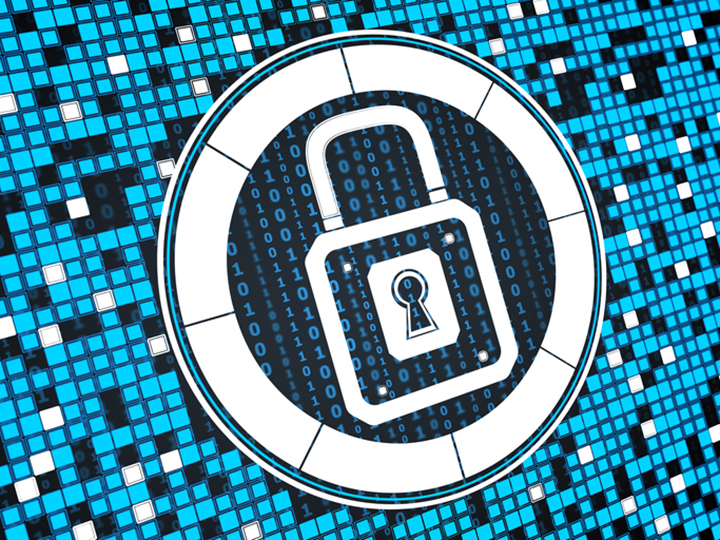First and foremost, what is a network?
In this case, the network in question is a computer network. Simply put, a network is the interconnection of cables and other communications media, connectivity equipment such as switches and routers, electronic devices such as computers, printers, scanners, plotters, etc., for the purpose of sharing data and resources.
Whoa! Now, that doesn’t sound simple at all, does it? Alright, let’s give it a second try.
A Network is the interconnection of communications media, connectivity equipment, and electronic devices for the purpose of sharing data and resources.
Now, that wasn’t too hard, was it? And now for the second question.

What is Security?
This one is easy, as the word security means safety or safekeeping, protection or well-being.
So, simply put, Network Security refers to any undertaking designed to protect the network.
Why do we have to protect or “Secure” the network?
We need to protect the network because there are constant threats to the “resources” we share in the network. These could be valuable information or data about our employees and clients, or, more importantly, about our products or businesses. Most of these threats come in the form of:
* Viruses, worms, and Trojan horses
* Spyware and adware
* Zero-day attacks, also called zero-hour attacks
* Hacker attacks
* Denial of service attacks
* Data interception and theft
* Identity theft
As threatening as these may sound, there are network security solutions available to counter each one. In order for us to fully understand what “Network Security Solutions” are all about, we must also understand how Network Security works. Because there are a variety of threats, there is no single solution. We need multiple layers of security, so that if one fails, the attacker would have to deal with the next layer.

Components of Network IT Security Systems
Network IT Security Systems are usually composed of many components of both software and hardware which are designed to work together to improve security and minimize maintenance. The software must be relentlessly updated to prevent from new threats.
These components include:
* Anti-virus and anti-spyware
* Firewall, to block unauthorized access to your network
* Intrusion prevention systems (IPS), to detect and block attacks
* Virtual Private Networks (VPNs), to provide secure remote access
There are a variety of network security attacks/ breaches:
-Denial of Service
-Virus attacks
-Unauthorized Access
-Confidentiality breaches
-Destruction of information
-Data manipulation
Network Threats
In a business application, you can look at network security as a person or group of persons guarding your office to make sure no uninvited guest enters your building and harm anyone there. Network security works pretty much the same way. It protects your company’s network from threats such as viruses, malware, spyware, hacker attacks, zero-day attacks (a kind of threat that exploits a previously unknown vulnerability in a computer application), as well identity and data theft.

How Does This System Work?
Truth be told, no one solution can protect your network from a large variety of threats. What network IT security does is install multiple layers of security so that in the event one layer fails, there would still be others in place. This is done by strengthening the integrity both the hardware and software of the network.
Benefits for Your Business
By implementing this type of security, your company is protected from disruptions resulting from different types of attacks, which then improves the productivity of the employees. You also protect your data as well as your clients’ from theft, which then protects the reputation of your business.
There’s no question that network security is one of the things your business should invest in to make sure your network is safe and well-protected from different types of attacks and harmful intent.
Sourced from: cisco
Featured Image: Thinkstock/Rawpixel Ltd









